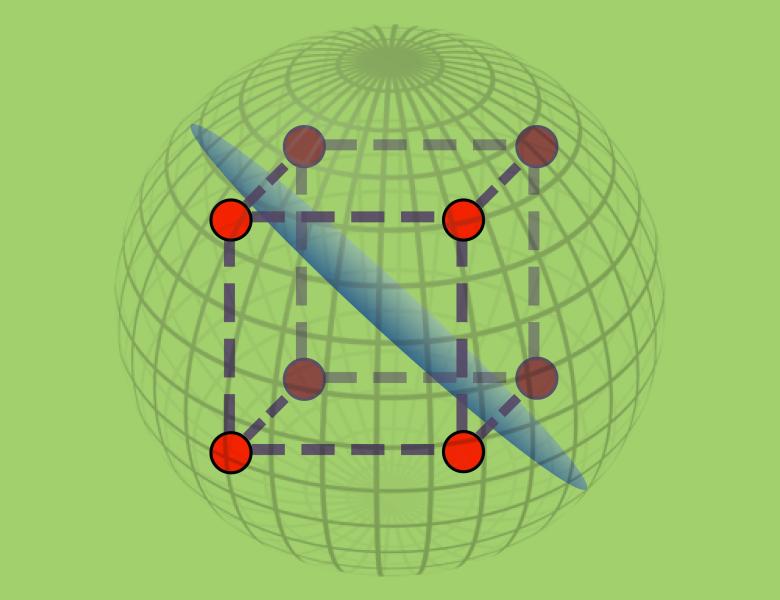
Abstract
Ultraproducts can be used as a tool to extract a limiting continuous (or infinitary) object from a sequence of discrete (or finitary) objects, which in turn allows for methods of continuous (or infinitary) analysis (e.g. measure theory, ergodic theory, algebraic geometry, topological group theory) to be applied to discrete (or finitary) problems (e.g. graph theory, arithmetic combinatorics, or geometric group theory). A classic example of this strategy (though not initially phrased in the language of ultraproducts) is Gromov's use of the solution of Hilbert's fifth problem on classifying Lie groups to obtain his theorem on finitely generated groups of polynomial growth. Modern examples include the theory of graph limits, the work of Hrushovski and Breuillard, Green, and myself on approximate groups, and recent work of myself on algebraic versions of the Szemeredi regul arity lemma. In this talk we set out the basic theory of ultraproducts, and give some examples of how they can be used to bridge the gap between the discrete and continuous worlds.


